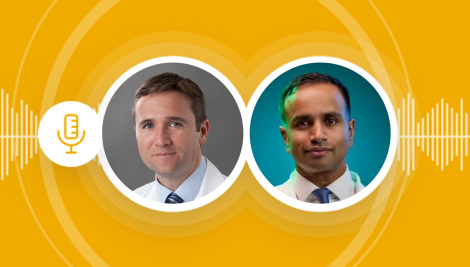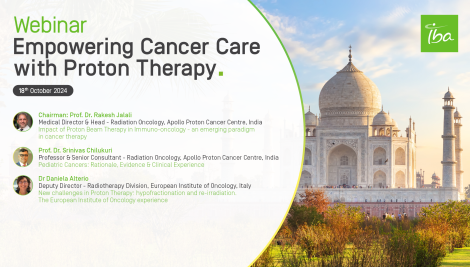Tumeurs pédiatriques: L'apport de la proton thérapie - Partie 4/4
Alejandro Mazal, chef de la Physique Médicale au Centre de protonthérapie à Quiron Salud, évoque trois années d'expérience en protonthérapie pédiatrique au Centre de Quiron Salud à Madrid.
La séance de Questions Réponses qui a suivi la présentation ci-dessus inclut les questions suivantes :
· La lymphopénie est-elle moins grave chez les patients pédiatriques traités par proton thérapie que par radiothérapie classique, rendant la proton thérapie plus essentielle avec l'utilisation de la chimiothérapie - réponse par Stéphanie Bolle & Jean-Louis Habrand.
· Le hypo-fractionnement est-il une pratique envisageable dans le traitement des tumeurs cérébrales pédiatriques - réponse par Stéphanie Bolle.
· Quel est le rôle de la proton thérapie dans les traitements à faible dose, tels que les lymphomes - réponse par Jean-Louis Habrand & Stéphanie Bolle & Alejandro Mazal.
· Questions concernant les origines des patients, y compris le pourcentage de patients nationaux et internationaux au centre de Professeur Srinivas Chilukuri et Alejandro Mazal.
Vous pouvez trouver la suite du webinaire ici : Partie 1, Partie 2, Partie 3.
Alejandro Mazal, Chief of Medical Physics at the Proton Therapy Center at Quiron Salud, shares three years of experience in pediatric proton therapy at the Quiron Salud Center in Madrid.
The Q&A session after the above presentation includes the following questions:
· Is lymphopenia less severe in pediatric patients treated with proton therapy compared to conventional radiotherapy, making proton therapy more crucial when chemotherapy is used - response from Stéphanie Bolle & Jean-Louis Habrand.
· Is hypofractionation a feasible practice for treating pediatric brain tumors - response from Stéphanie Bolle.
· What role does proton therapy play in low-dose treatments, such as lymphomas - response from Louis Habrand & Stéphanie Bolle & Alejandro Mazal.
· Questions reagarding the patient origin and the percentage of domestic and international patients at the center of Professor Srinivas Chilukuri and Alejandro Mazal.
You can find the rest of the webinar here: Part 1, Part 2, Part 3.



